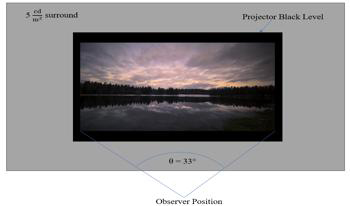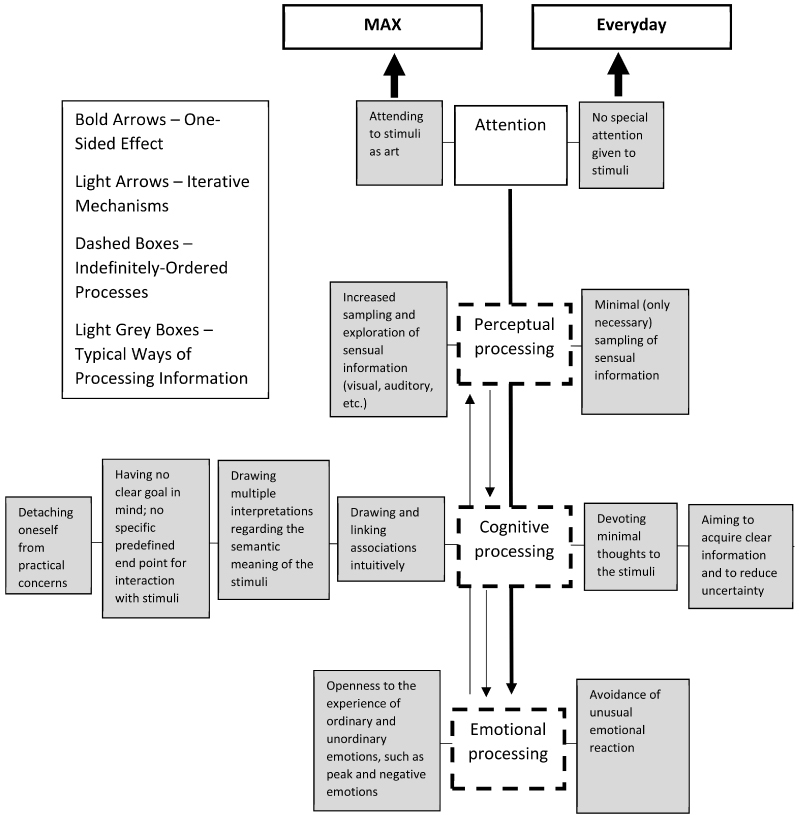
Routing through a dynamic environment is mostly carried out by using maps that integrate information about time-dependent parameters, such as traffic conditions and spatial constraints, which is a challenging and cumbersome task. We address the complex scenario where a user has to plan a route on a network that is dynamic with respect to edges that change their congestion through time. We perform an experimental user study where we compare interactive and non-interactive interfaces, the complexity levels of the map structures (number of nodes and edges) and of the paths (number of nodes that need to be visited), and the effects of familiarity with the map. The results of our study indicate that an interactive interface is more beneficial than a non-interactive interface for more complex paths, while a non-interactive interface is more beneficial than an interactive interface for less complex paths. In detail, while the number of nodes and edges of the network had no effect on the performance, we observed that (not surprisingly) the more complex the path, the longer the processing time and the lower the correctness. We tested the familiarity with a test–retest design, where we organized a second session of tests, labeled T2, after the first session T1. We observed a familiarization effect in T2, that is, the participants’ performance improved for the networks known from T1.

The area of uncertainty visualization attempts to determine the impact of alternative representations and evaluate their effectiveness in decision-making. Uncertainties are often an integral part of data, and model predictions often contain a significant amount of uncertain information. In this study, we explore a novel idea for a visualization to present data uncertainty using simulated chromatic aberration (CA). To produce uncertain data to visualize, we first utilized existing machine learning models to generate predictive results using public health data. We then visualize the data itself and the associated uncertainties with artificially spatially separated color channels, and the user perception of this CA representation is evaluated in a comparative user study. From quantitative analysis, it is observed that users are able to identify targets with the CA method more accurately than the comparator state-of-the-art approach. In addition, the speed of target identification was significantly faster in CA as compared to the alternative, but the subjective preferences of users do not vary significantly between the two.

The area of uncertainty visualization attempts to determine the impact of alternative representations and evaluate their effectiveness in decision-making. Uncertainties are often an integral part of data, and model predictions often contain a significant amount of uncertain information. In this study, we explore a novel idea for a visualization to present data uncertainty using simulated chromatic aberration (CA). To produce uncertain data to visualize, we first utilized existing machine learning models to generate predictive results using public health data. We then visualize the data itself and the associated uncertainties with artificially spatially separated color channels, and the user perception of this CA representation is evaluated in a comparative user study. From quantitative analysis, it is observed that users are able to identify targets with the CA method more accurately than the comparator state-of-the-art approach. In addition, the speed of target identification was significantly faster in CA as compared to the alternative, but the subjective preferences of users do not vary significantly between the two.

In recent years, 3D reconstruction systems comprising multiple depth sensors have received increasing interest for dynamic scene reconstruction and related applications. Publicly available ground truth data are of limited usefulness when dealing with quality assessment of self-recorded data delivered by customized stereo configurations. In this paper, we propose a framework that incorporates versatile strategies for quantitative and qualitative evaluation of a multi-stereo reconstruction system and its intermediate products. Besides the design of suitable calibration objects for quantitative measurements, the framework exploits multiview data redundancy and generated novel views for objective quality assessment and to obtain subjective ratings from users. We demonstrate the applicability of our evaluation system in experiments with several stereo matching algorithms and view fusion approaches along with a pair-comparison based user study. We believe that our proposed evaluation framework is beneficial for the assessment of 3D products derived from self-recorded dynamic data of comparable set-ups, for example, in the context of subsequent augmented reality applications.